C Curve Posture
One of the most common faulty posture types is an ‘excessive kyphosis’ or ‘upper cross syndrome’. TPI, (Titleist Performance Institute) refer to this as ‘C Curve Posture’.
C Curve Posture
One of the most common faulty posture types is an ‘excessive kyphosis’ or ‘upper cross syndrome’. TPI, (Titleist Performance Institute) refer to this as ‘C Curve Posture’.
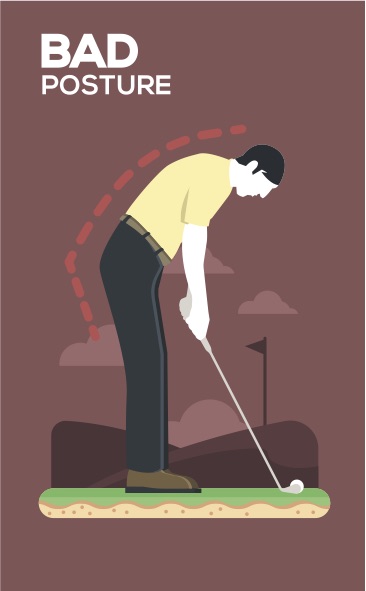
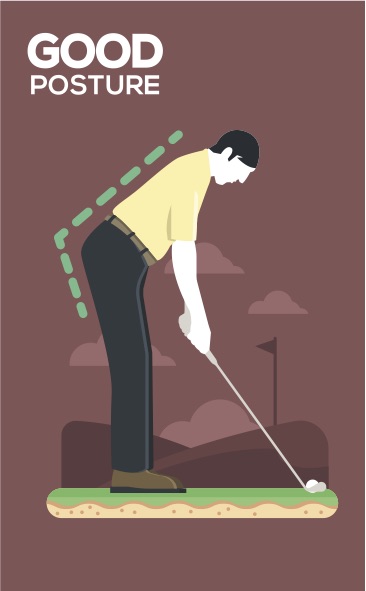
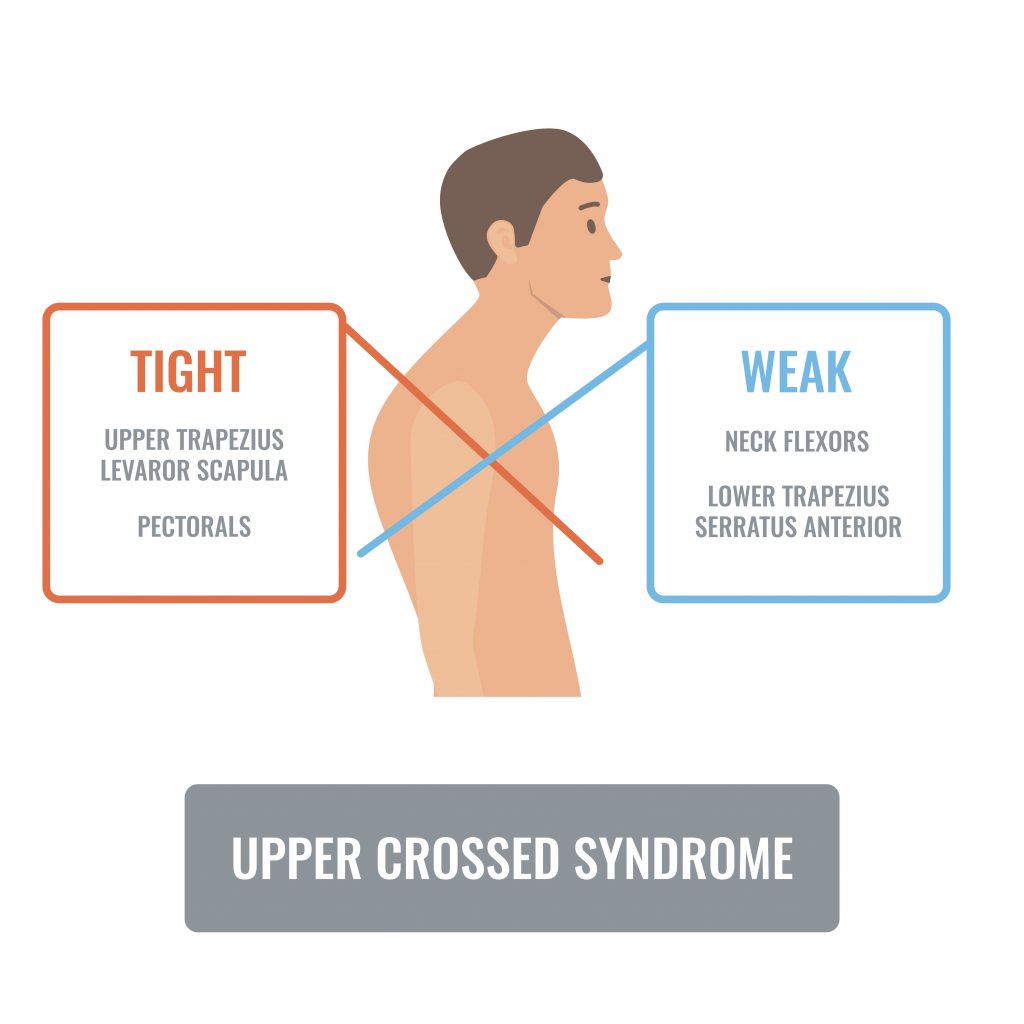
What does this look like?
For some people, a C curve at address can just be down to poor set up and simply not being aware of it happening or how to correct it. However for the majority of people the C curve is noticeable in our normal standing posture and the main cause is due to muscle and joint imbalances. Muscle imbalances are where some muscles are short or tight and others are weak, long and/or inhibited (as per the diagram). This affects our mobility.
The biggest mobility problem with this posture is lack of extension (being able to move the upper/mid back, backwards). This can make it difficult for some people to simply straighten up but it also results in a significant loss of rotation in the spine.
How does this affect our golf swing?
A lack of rotation affects our ability to turn during the backswing. Unless we keep a short backswing this will lead to us losing posture throughout the entire swing. Other problems include:-
All of this can alter our swing, reduce our power and affect our accuracy.
What can we do to help?
Be aware of it for starters. A lot of people are simply not aware of their posture. Remember posture is static and dynamic. We need good static posture in order to have good dynamic (golf) posture. Practice whilst standing and sitting and be aware generally day to day.
There are lots of exercises you can do to help with this posture, here are just a few. The majority are aimed at upper back extension but in a number of different positions, some are easier than others and some require pain free, mobile shoulders so you may need to adapt for that reason. If in doubt, as always, seek advice. You can try doing a few repetitions (10-15) or holding a position for 10-20 seconds 2 or 3 times, 4-5 times a week, as you feel able.
**Please note that as we age we naturally take on a more kyphotic curve. Arthritis, degenerative disc disease and osteoporosis in particular may create a more obvious kyphosis that feels very difficult to move into upright or extension. Don’t let this put you off. Extension exercises (particularly against gravity) are key to strengthening the back in in these conditions.**
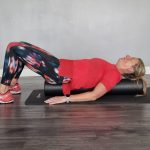
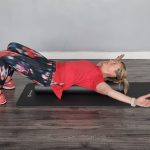
Lying on a foam roller (or towel) + arm circles
Try adding in some arm circles if you wish
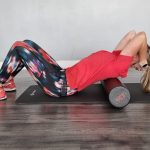
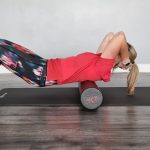
Extension over the foam roller (static and dynamic)
Extension in Sitting
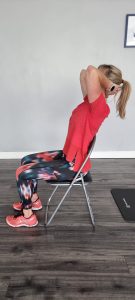
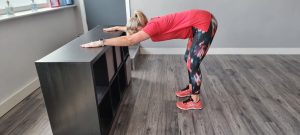
Extension in Standing
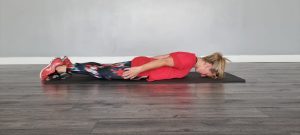
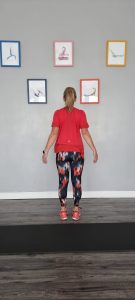
Standing or Lying Scapular (shoulder blade) Setting (to strengthen)
As always folks, I don’t know you personally….. if you have any medical conditions or injuries and are unsure if these exercises are suitable for you, please seek the advice of your health professional.